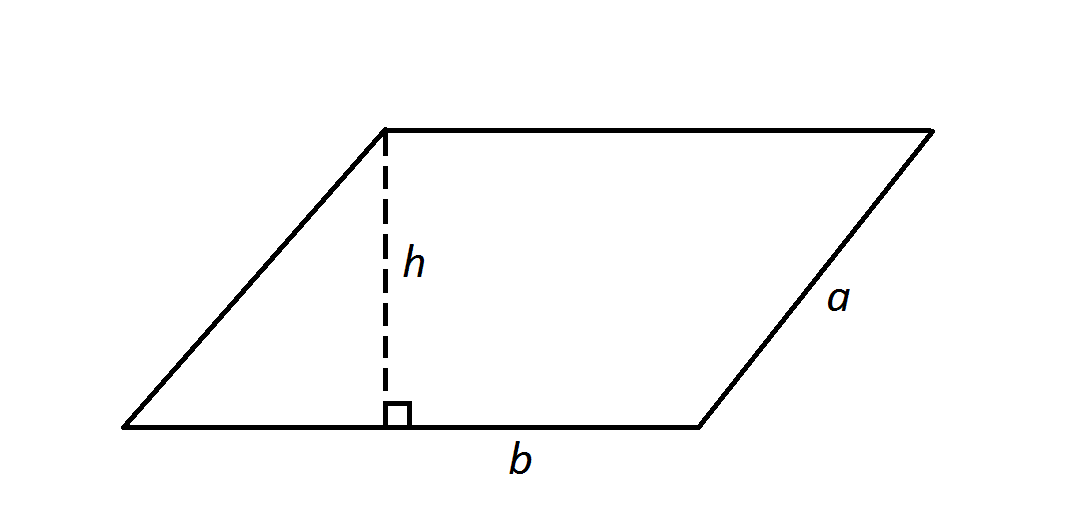All SSAT Middle Level Math Resources
Example Questions
Example Question #1 : Parallelograms

Note: Figure NOT drawn to scale
In the above diagram,
Give the area of the parallelogram.
The area of a parallelogram is its base multiplied by its height - represented by 

Note that the value of 
Example Question #2 : Parallelograms
A given parallelogram has a base 


The formula for the area of a parallelogram is 


Example Question #3 : Parallelograms
A parallelogram has a height of 


Given base 


Substituting the values from our question:
Example Question #2 : Parallelograms
A parallelogram has a base of length 


Given base 


Substituting the values from our question:
Example Question #2 : How To Find The Area Of A Parallelogram
Find the area of a parallelogram with a height of 


The area 



Example Question #2 : How To Find The Area Of A Parallelogram
Find the area of a parallelogram with a height of 


The area 



Example Question #3 : Parallelograms
Find the area of the following parallelogram:
Note: The formula for the area of a parallelogram is 
The base of the parallelogram is 10, while the height is 5.
Example Question #4 : Parallelograms
Find the area:

The area of a parallelogram can be determined using the following equation:
Therefore,
Example Question #5 : Parallelograms

Find the area of the given parallelogram if 
In order to find the area of a parallelogram, we need to find the product of the base length and height.
Notice that only two of the given values were needed to slove this problem.
Certified Tutor
Certified Tutor
All SSAT Middle Level Math Resources




































































